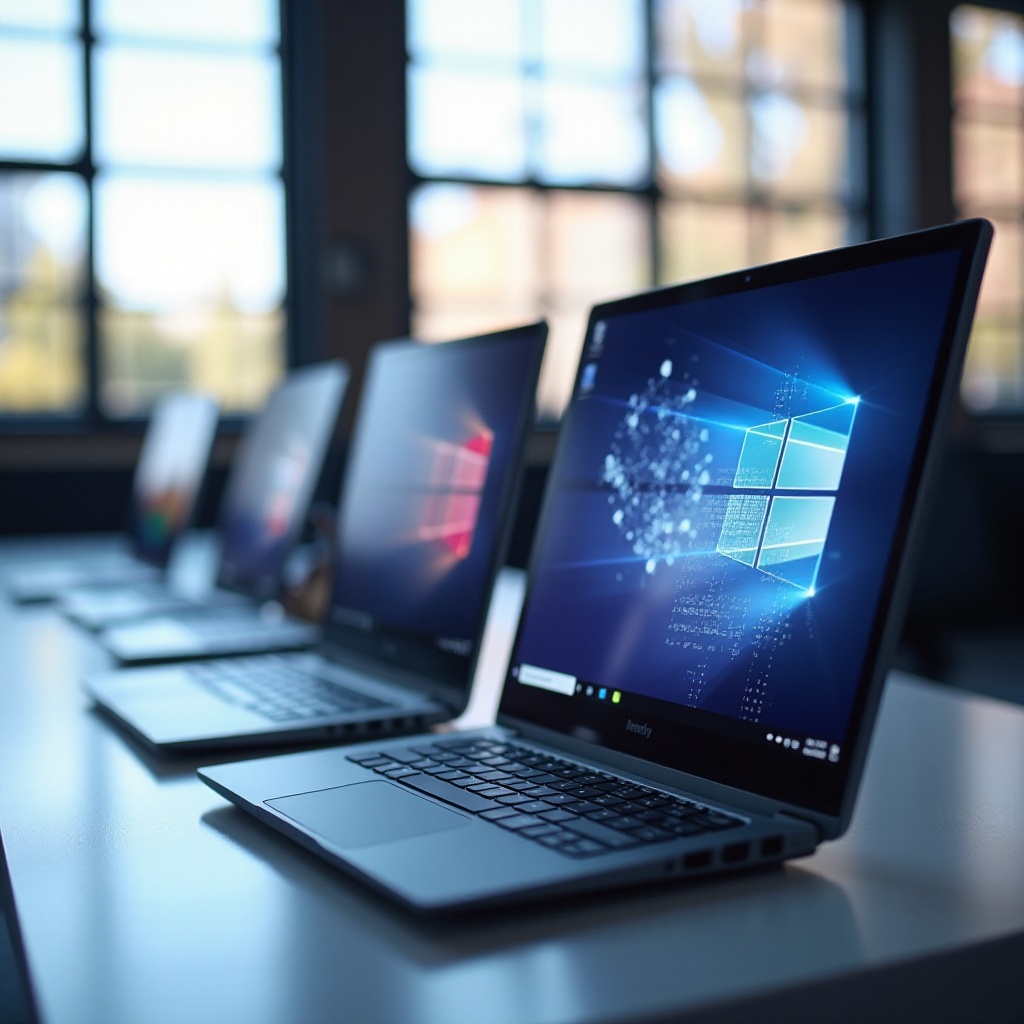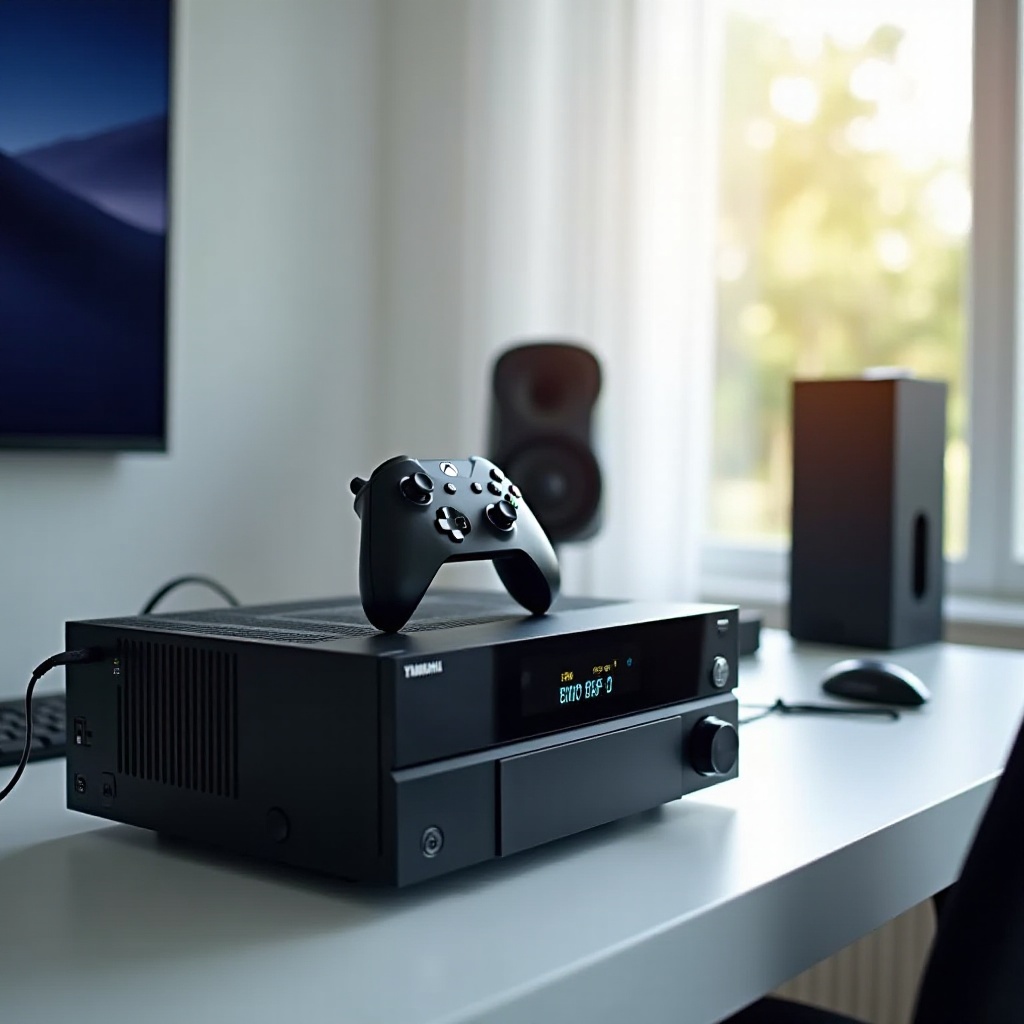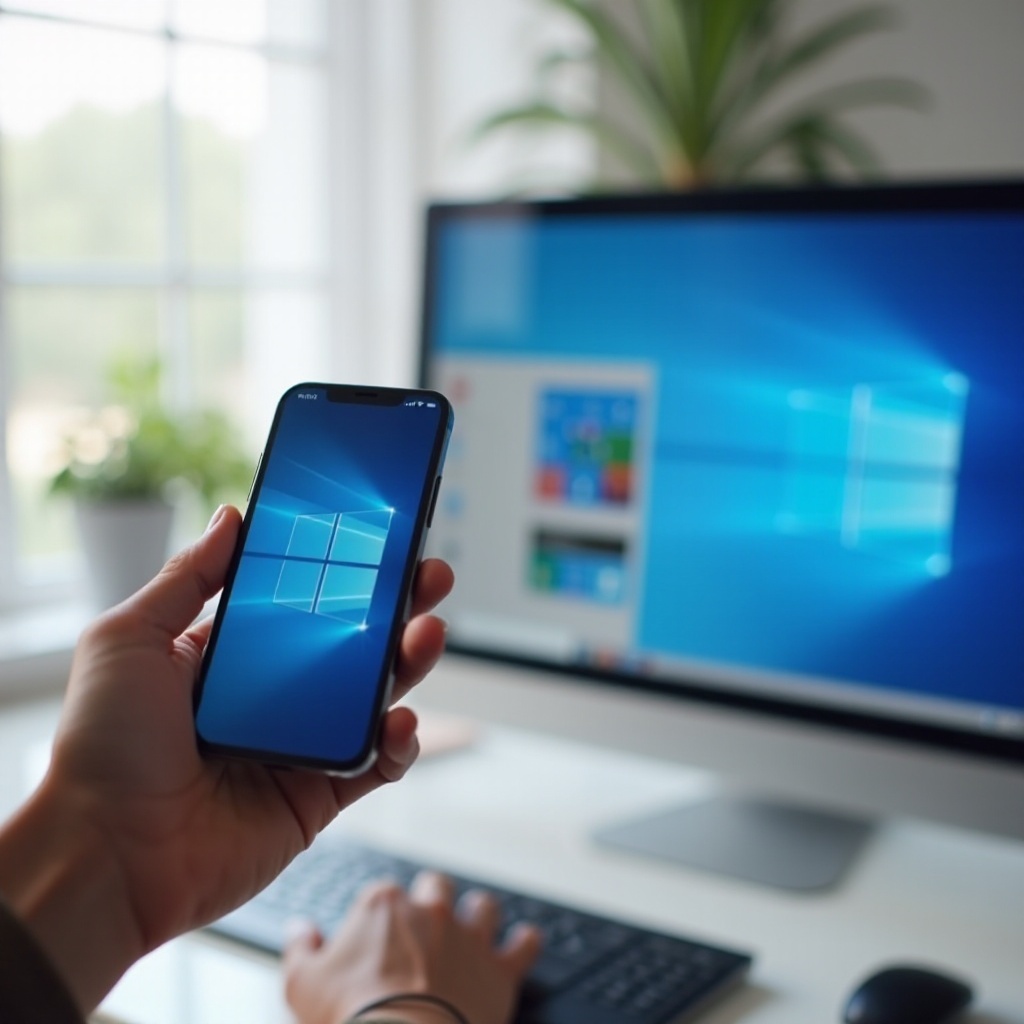How to Identify and Fix a Bad Video Card in Your Computer
Introduction
Video cards, also known as graphics cards, play a crucial role in modern computing. Whether you're a gamer, a graphic designer, or an everyday computer user, a functioning video card ensures smooth operations. However, like any piece of hardware, video cards can fail. If your computer exhibits unusual visual distortions, frequent crashes, or overheating, you might be dealing with a bad video card. This guide will help you identify, diagnose, and fix common video card problems.

Signs Your Video Card Might Be Failing
Identifying the symptoms of a bad video card is the first step in addressing the issue. Common signs include:
- Graphic Distortions and Artifacts: Visual anomalies such as strange lines, colors, or patterns on the screen can be early indicators.
- Frequent Crashes and Blue Screen Errors: If your computer crashes often or displays a Blue Screen of Death (BSOD), the video card could be the culprit.
- Overheating Issues: Excessive heat can cause the video card to malfunction. You might notice the computer shutting down unexpectedly to prevent damage.
- Fan Noise and Physical Deterioration: A failing video card might produce strange noises, often due to its fan working harder to cool it down.
Understanding these signs can help you take timely action to prevent further damage. Diagnosing a bad video card accurately ensures that you implement the correct solutions, saving both time and money.
Diagnosing a Bad Video Card
Once you've noticed the signs, the next step is to diagnose the problem. Here’s how you can do it:
- Running Built-in Diagnostics Tools: Most operating systems come with built-in diagnostics tools that can help identify hardware issues. Use these tools to check your video card's performance.
- Stress Testing with Software like FurMark: Stress test your video card using specialized software like FurMark. It pushes the GPU to its limits, helping you identify overheating, artifacts, and performance stability.
- Checking the Device Manager for Errors: Open the Device Manager on your computer. Look for any warning symbols next to the video card entry, which could indicate an issue.
- Cross-referencing with Another Computer: If possible, try installing the video card on a different computer. If it produces the same issues, the card is likely at fault.
Diagnosing the video card problem accurately allows you to narrow down the possible causes and apply the right fixes. Once you've identified the problem, it's time to explore the solutions.
Solutions for Video Card Problems
Addressing the issues with your video card involves several potential solutions:
- Updating Graphics Drivers: Always ensure your drivers are up to date. Visit the manufacturer’s website to download the latest drivers for your video card model.
- Cleaning the Card and Ensuring Proper Ventilation: Dust and debris can accumulate inside your computer, causing the video card to overheat. Clean the card and ensure proper airflow within the case.
- Replacing Thermal Paste: Over time, the thermal paste that helps cool the GPU can degrade. Replacing the old paste with a new, high-quality paste can improve heat dissipation.
- Checking Power Supply Unit (PSU) for Sufficient Power: An inadequate power supply can cause video card issues. Ensure your PSU provides enough power for your system's needs.
Implementing these solutions can often resolve video card problems and restore your computer's performance. However, there are times when the issue might be beyond your capability to fix it yourself.
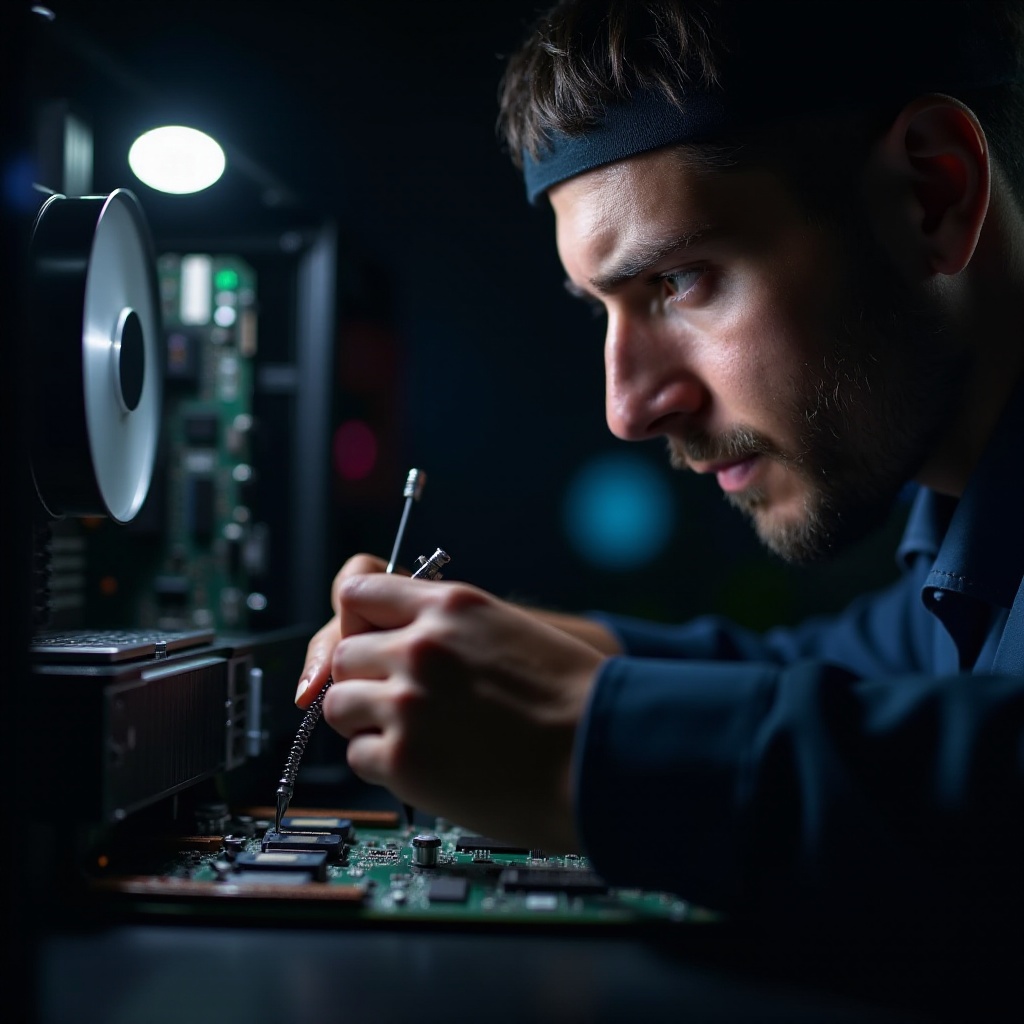
When to Seek Professional Help
Understanding when to seek professional help can save you from further complications:
- Knowing Your Limitations: If you're uncomfortable handling hardware or the issue seems complex, it's best to consult an expert.
- Finding Reliable Repair Services: Look for reputable repair services with good reviews. Professional technicians can diagnose and fix hardware problems more accurately.
- Cost vs. Benefits of Repair vs. Replacement: Sometimes, repairing an old video card isn't cost-effective. Compare the repair cost against the price of a new video card.
Seeking professional help ensures that your computer receives the correct diagnosis and repair, potentially extending the life of your system.
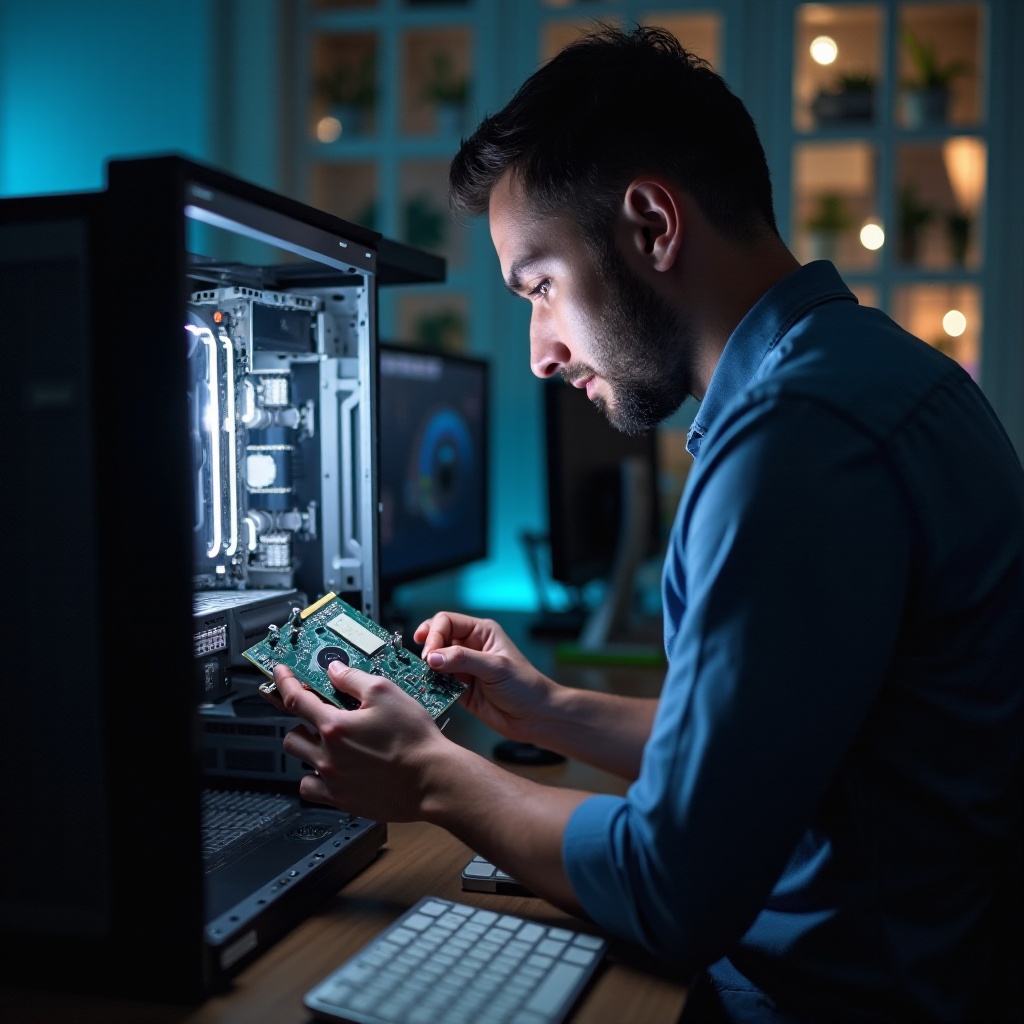
Conclusion
Identifying and addressing video card problems early can prevent more significant issues down the line. By recognizing the signs, accurately diagnosing the problem, implementing appropriate solutions, and knowing when to seek professional help, you can ensure the longevity and performance of your computer. Regular maintenance and staying informed about your hardware can save you time, money, and frustration.
Frequently Asked Questions
How can I tell if my video card is overheating?
Overheating issues can be identified by monitoring the fan noise and checking the temperature using software tools like HWMonitor. An unusually high temperature consistently above operating norms indicates overheating.
Is it worth repairing an old video card?
It depends on the cost of the repair versus the cost of a new card and the age of the existing one. If repairs are close to the price of a new card or the card is outdated, replacement might be more practical.
Can software updates fix a malfunctioning video card?
Updating drivers and firmware can resolve many software-related issues but won't fix physical damage or hardware malfunctions. Ensure your drivers are current as the first troubleshooting step.
